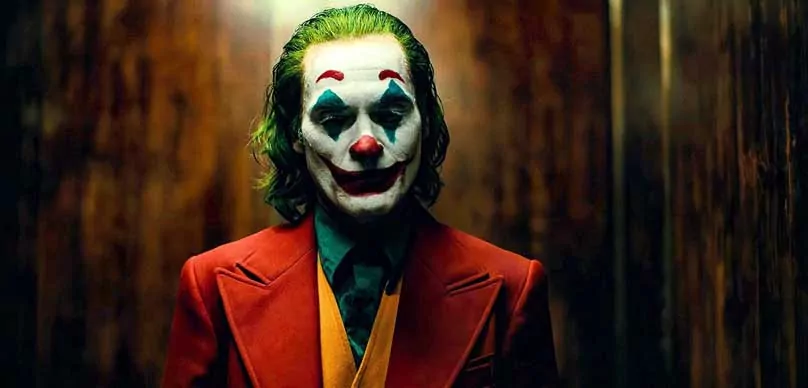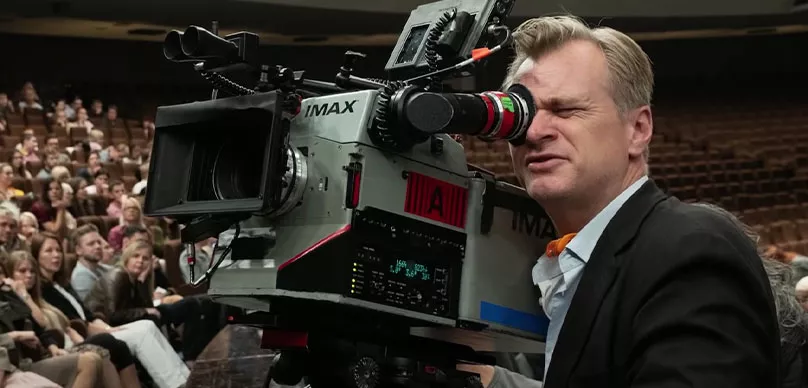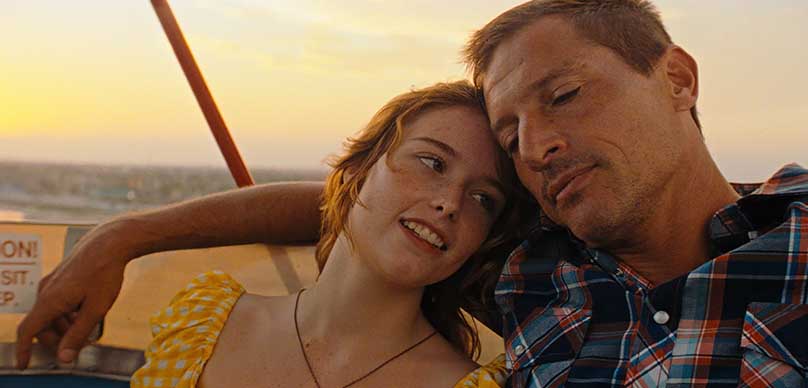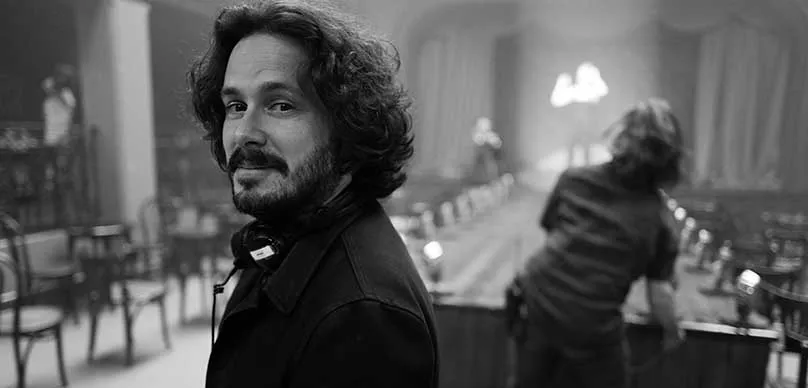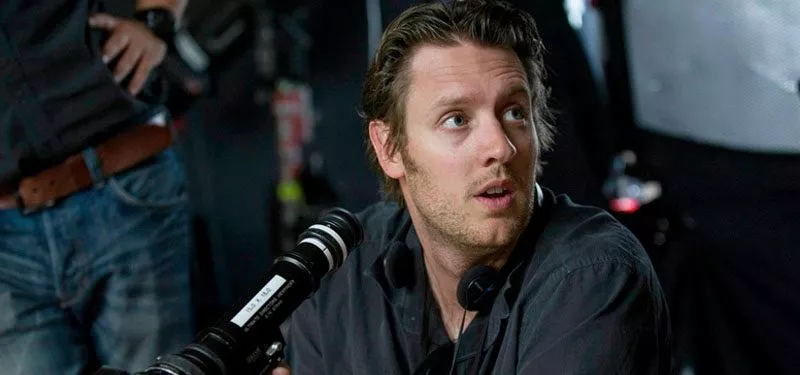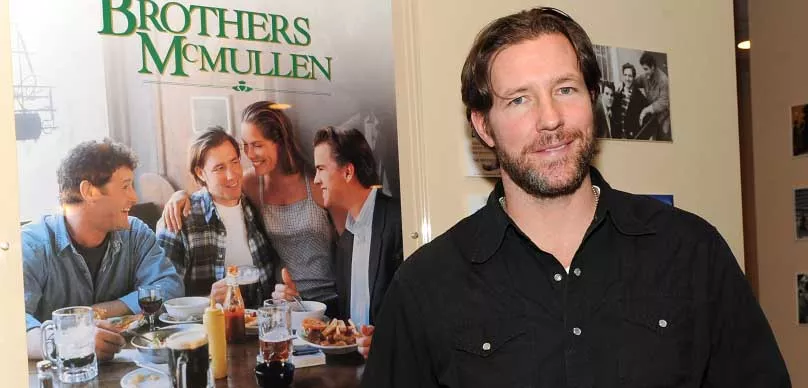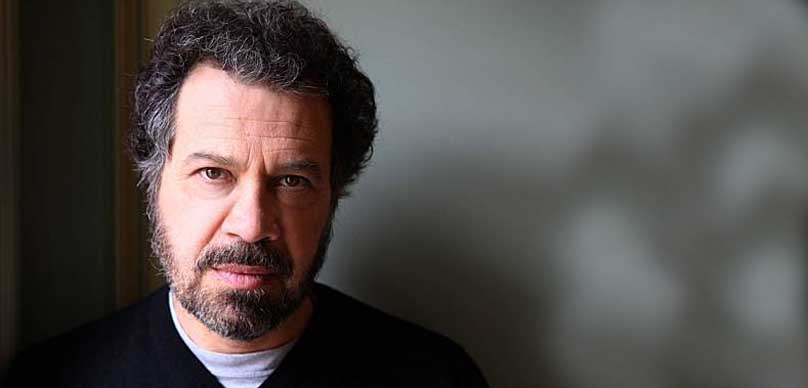A wise man once described Film as the newest form of art of the 20th century which can also be defined as a series of images projected on a screen. And the succession of images creates ideas which, in turn, generate emotions.
Pastiche, which is a term used in the literary and film world, can be termed as TV’s gift to contemporary philosophy and film. It can be defined as an artistic work in a style that copies that of another artist, work, or period. Pastiche in the context of Film is described as a cinematic device that honors the cinematography of another filmmaker through the imitation of specific scenes or iconic moments in the movie. Sometimes, it could be a reboot of the entire movie or just some scenes.
Check out this amazing video by CrackerJacked
Support CrackerJacked’s Pateron.
Another term used to define Pastiche is MISE EN SCENE (Placing on Stage). ‘Mise En Scene’ describes the composition, prop placement and overall visual theme adopted during the filming process. It’s important not to confuse this term for Parody; which is intended for its comedic value.
The shows, Stranger Things and Mr. Robot have one thing in common (apart from employing actors that have been nominated for Golden Globes), which is the use of Pastiche during its production.
Stranger Things is a typical case of Pastiche of almost every iconic sci-fi film in the 80s. An excellent example of this is seen at the end of the first episode when the boys discover El in the woods. This scene imitates the one in E.T where Elliot finds E.T in the cornfield.
“Good artists copy, Great artists steal.”
The Duffer Brothers who wrote Stranger Things admitted to recreating most of the iconic scenes in the series as a tribute to their favorite movies growing up; most of which were from the 80s. They managed to capture the supernatural and terrifying worlds created by big names like Wes Craven and Ridley Scott; while also managing to slap adult viewers in the face with nostalgia.
Similarly, Mr. Robot is a Pastiche for several iconic action films like; David Fincher’s ‘Fight Club,’ and the Matrix. The series protagonist has an imaginary friend (his late father) and provides voice-over narrative throughout the series, which is similar to Edward Norton’s character in Fight Club. Also, the storyline of Mr. Robot revolves around a Hacktivist group called F society, which is not so different from Project Mayhem in Fight Club. The only glaring difference between the two was that while Mr. Robot wrecked Virtual Havoc on the world, Project Mayhem acted out physical acts of destruction.
There was also a scene where Elliot had a conversation with his dead father (imaginary friend), which was gotten from The Matrix, word for word.
Being able to emulate key elements from great works of art is what makes Pastiche a gift to film and contemporary philosophy. Imitating elements of specific films not only honors the cinematography of the original work, but it also provides new context and further explores the themes present in the originals. Evoking nostalgia in film buffs and super fans is also a bonus. To quote the words of another wise man;
Film Meet Art: How Famous Paintings Inspire Great Filmmakers
We all know that many filmmakers have been inspired by famous paintings. Directors like Quentin Tarantino, Sofia Coppola, Steven Spielberg, Stanley Kubrick, Paul Thomas Anderson, Martin Scorsese and Terry Gilliam have pulled directly from the art world to create some of their masterpieces.
A remarkable video essayist Vugar Efendi, has created a stunning series of video essay call “Film Meets Art”. In these videos, Vugar explores film shots and the famous painting that inspired them. Filmmakers should find inspiration from all art forms, not just by watching films.
The art world has an endless supply of inspiration for today’s generation of filmmakers. Check out this very cool series of videos below.
Spoiler
I do believe that film being the newest art of the 20th century, is a series of images projected on a screen. And this succession of images create ideas which in their turn, create emotion. Just as much as in literature.
Words put together creates and Stranger Things and Mr. Robot both have one thing in common. That is one thing in addition to featuring actors who are nominated for Golden Globes, they both employed a cinematic device called pastiche. pastiche in the context of film is a cinematic device that honors and other filmmakers cinematography through an imitation or reboot of specific iconic moments or the meson sin, which is a term used to describe composition, prop placement, and overall visual theme. It’s important not to confuse this with parody, which marks an artist’s work for comedic value.
To start, let’s look at Stranger Things. Stranger Things is a pastiche of basically every iconic at sci fi film. A great example of pastiche early on in the series is the end of the first episode when the boys discover l in the woods. This is normal, identical recreation of this unity t where Elliot stumbles upon et in a cornfield. This is just one of many references to popular 80s movies. The duffer brothers, who wrote Stranger Things openly admitted to recreating iconic scenes in Stranger Things as a tribute to their favorite movies growing up.
They managed to capture the supernatural and terrifying worlds created by big names like Wes Craven, and Ridley Scott, and also the essence of 80s children’s adventure films with classic groups of misfits getting into trouble recreating elements of Richard Donner’s Goonies and Rob Reiner stand by me, these few examples don’t even cover half of the unmistakable references. Overall, the duffer brothers did an incredible job of slapping adult viewers in the face with nostalgia.
Mr. Robot in many ways is a pastiche of various iconic action films. You can see within the first few episodes a striking thematic pastiche of David Fincher is fightclub. Throughout the series, Elliott provides voiceover narrative classes I can manage all easier than the others, for now anyway. And during certain seasons, he even talks to an imaginary person, which is identical to Edward Norton’s character and fightclub comment from the road if there’s any snags, he needs to look that must have had his grand a latte enema. Also, Mr. Robot storyline revolves around a hacktivist group called f society, which is not too far from Project Mayhem and Fight Club.
The only real difference is that Mr. Robot wreaked virtual havoc on the world. While project may have acted out physical acts of destruction, there’s also a scene where Elliot and his imaginary dead father carry out a conversation that’s word for word from the matrix, which creator Sam Esmail openly and somewhat proudly admitted to, let me tell you why.
You’re here because you said something wrong with the world. Something you can’t explain. But no, it controls you and everyone you care about. Do you want to know what it is? Money.
So what does all of this have to do with contemporary philosophy? Well, everything. Many recognized philosophers working within the tradition of continental philosophy, advocate film and its contribution to philosophy.
So let’s look at Mr. Robot and its pasties your Fight Club. Mr. Robot is as much about hacking as Fight Club is about fighting and terrorism. What I mean by that is they’re more about what makes a person who they are than what they do.
I’m only a vigilante hacker by night by day just a regular cyber security engineer. The creators of Fight Club did an incredible job at exaggerating the existential crisis that many people experience in corporate America. A man builds his life around a perpetual cycle of working and spending and is constantly craving anything that makes him feel something eventually makes the decision to try and change the corporate system that left him feeling so empty. The creators of Mr. Robot re explored that theme through their lead character Eliot providing a more modern context. What is it about society that disappoints you so much?
I don’t know.
And this is exactly why pastiche is a gift to film and contemporary philosophy. imitating elements of specific films not only honors the cinematography and genius of the original, but it provides new context and further explorations of themes present in the originals. It also evokes an incredible amount of nostalgia for film buffs and super fans.
In many ways, creators of cinematic television like Sam as Mel and the duffer brothers have demonstrated a groundbreaking approach to TV and even film. Whether there truly is a chance for new film and cinematography to emerge that is unique to everything else before it. They tease the question why not just stick to what you love?

